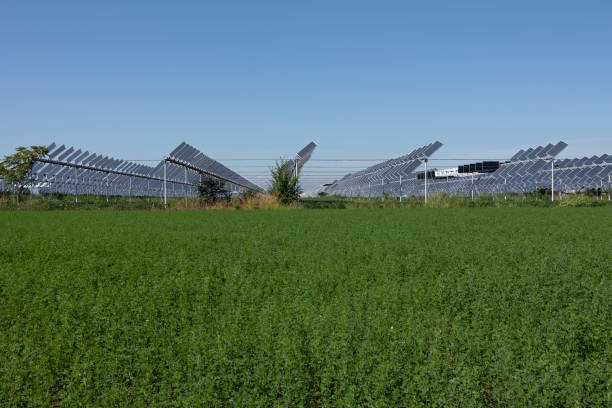As we enter an era where sustainability and environmental consciousness take center stage, solar energy is becoming an increasingly popular choice for homeowners and businesses alike. But what exactly are the environmental impacts of solar energy? This post aims to shed light on this very topic.
The Positive Impacts of Solar Energy
1. Reduction of Greenhouse Gas Emissions

One of the most significant environmental benefits of solar energy is its potential to reduce greenhouse gas emissions. Traditional energy sources, such as coal and natural gas, produce significant amounts of carbon dioxide when burned for electricity. Solar panels, on the other hand, generate electricity directly from sunlight—a process that emits no greenhouse gases.
2. Decrease in Water Usage
Traditional power production methods can consume vast amounts of water—for cooling, steam production, and other processes. Solar photovoltaic cells, however, require no water to generate electricity. This feature makes solar energy particularly beneficial in regions where water resources are scarce.

3. Reduced Energy Transportation

Energy losses during transportation and distribution can be significant with traditional power sources. In contrast, solar power, particularly when installed on-site, reduces these losses. It also decreases the need for extensive power transmission infrastructure, which can have a negative environmental impact.
The Negative Impacts (And How They’re Being Mitigated)
Solar energy is a clean source of power, but it’s essential to note that its production and lifecycle also have environmental impacts.
1. Manufacturing and Disposal

Solar panels are made from various materials, including metals like silicon, silver, and aluminum. Extracting and refining these materials have environmental consequences, including habitat destruction and water pollution. Also, solar panels have a lifespan of about 25-30 years, after which they must be disposed of. This process can result in waste if not managed properly.
However, strides are being made to mitigate these impacts. More efficient recycling processes are being developed to recover and reuse materials from old panels. Additionally, some manufacturers are exploring ways to reduce the use of rare materials in their products.
2. Land Use and Habitat Impact
Large-scale solar installations can require significant land space, potentially disrupting local ecosystems. However, dual-use practices—like agrivoltaics, where solar panels are installed in such a way that agriculture can continue underneath or around them—can help mitigate these impacts.

Conclusion
The environmental impact of solar energy is overwhelmingly positive, especially when compared to traditional energy sources. However, like all forms of energy production, it’s not without its challenges. The good news is that with continued innovation and responsible practices, we can work towards maximizing the benefits and minimizing the downsides, paving the way for a truly sustainable future powered by the sun.






